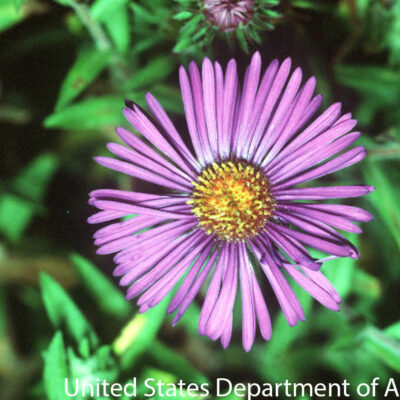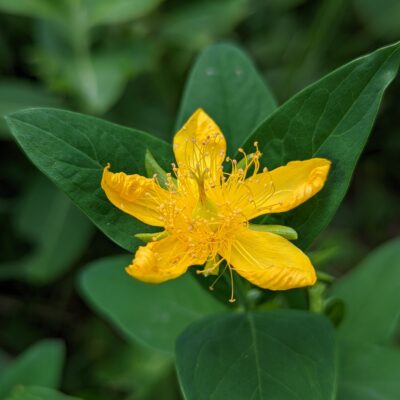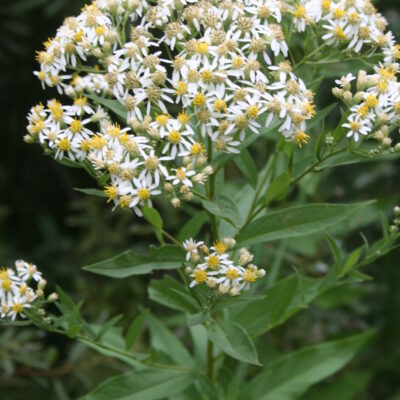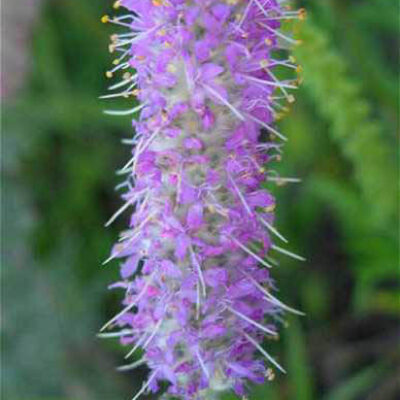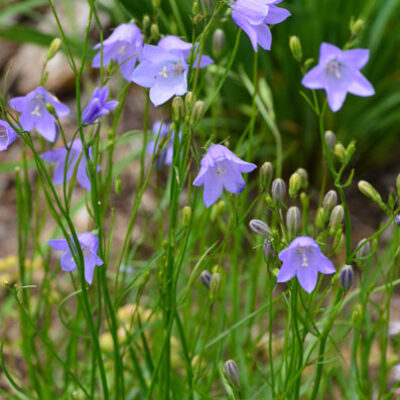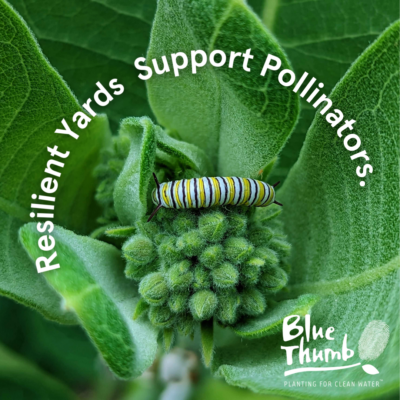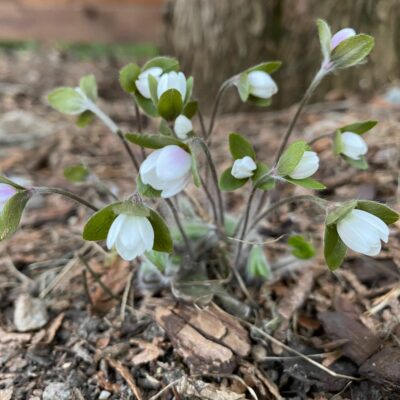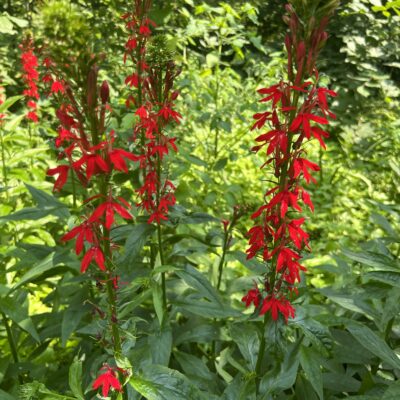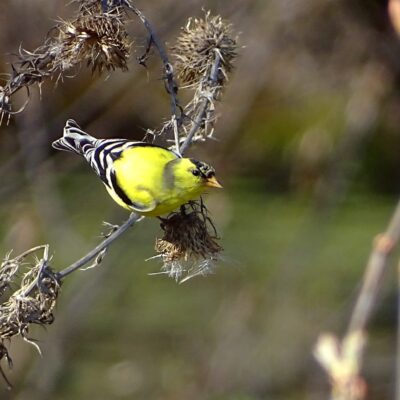Search Results
New England Aster
Great St. JohnswortHypericum pyramidatum
Flat Topped AsterDoellingeria umbellata
Silky Prairie CloverDalea villosa
HarebellCampanula rotundifolia
The Resilient Yard: One Space, Big Impact
What do the yards look like in your neighborhood? Depending on where you live, you may see swathes of turfgrass lawns in shades of greens to browns, or perhaps neatly… Read More →
Plan a Pollinator Garden From Scratch
It may be the middle of winter, but now is the time to plan for changes you want to make to your yard this spring. How would you like to… Read More →
Moments of Meeting: Hummingbirds, Cardinal Flowers, and Connection
Guest writer Nick Voss, Education & Outreach Coordinator with VLAWMO, contemplates what the relationship between the cardinal flower and ruby-throated hummingbird can teach us about connection and perseverance through the… Read More →
Home
Spring Resilient Workshops Open! Make your outdoor space more beautiful and beneficial for yourself, your community, and your local ecosystem. Our workshops this year include Resilient Shorelines, Resilient Yards, and Turf Alternatives. Learn More and Register
American Goldfinch: Joy on Thistles and Quilts
The following essay is by environmental educator Nick Voss, Education & Outreach Coordinator at the Vadnais Lake Area Water Management Organization. Photo by Nick Voss. The American Goldfinch is a… Read More →

